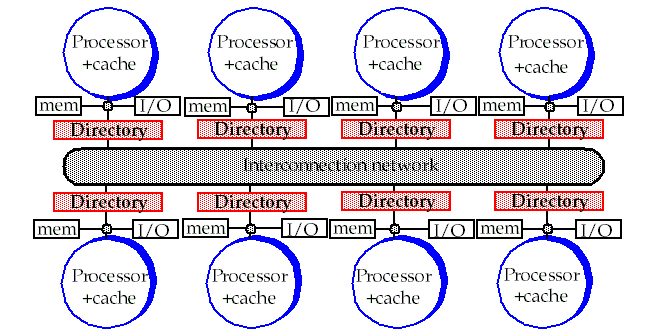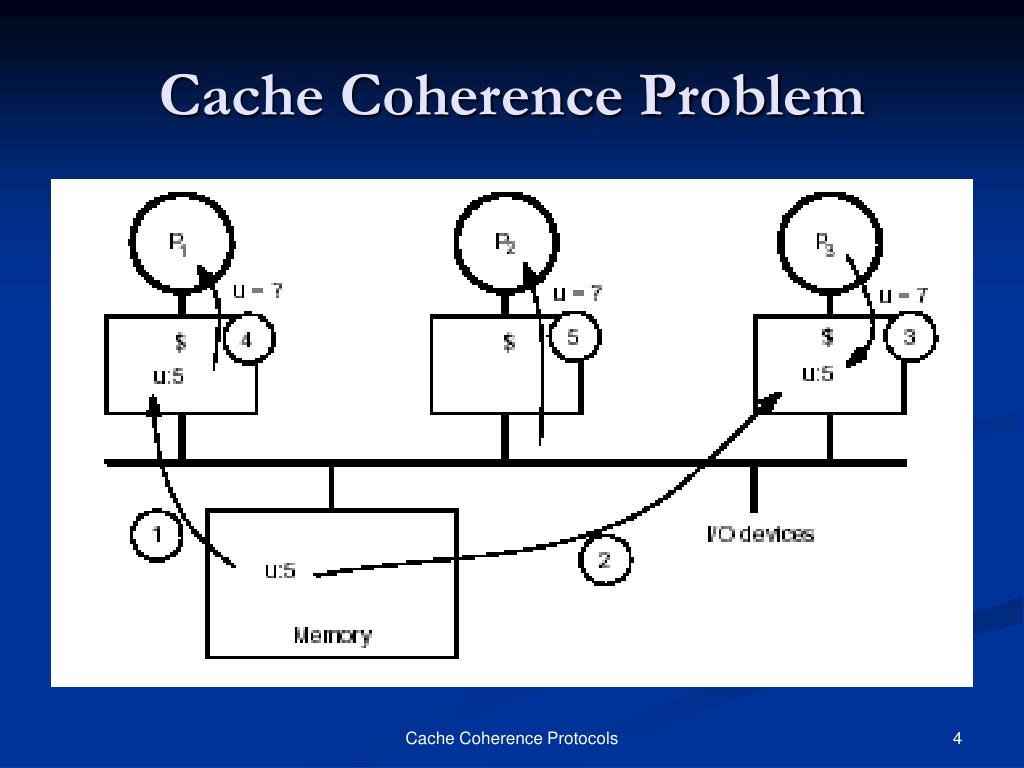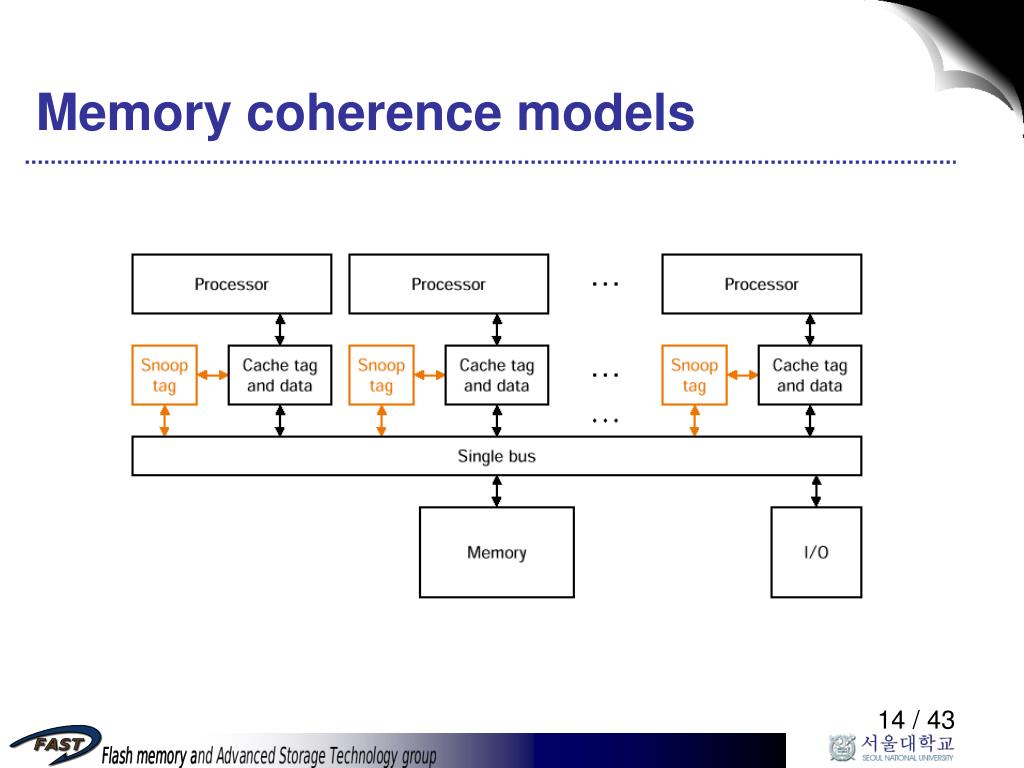
SMP systems allow any processor to work on any task no matter where the data for that task is located in memory, provided that each task in the system is not in execution on two or more processors at the same time. A single programming language would have to be able to not only partition the workload, but also comprehend the memory locality, which is severe in a mesh-based architecture. Serious programming challenges remain with this kind of architecture because it requires two distinct modes of programming one for the CPUs themselves and one for the interconnect between the CPUs. Mesh architectures avoid these bottlenecks, and provide nearly linear scalability to much higher processor counts at the sacrifice of programmability: The bottleneck in the scalability of SMP using buses or crossbar switches is the bandwidth and power consumption of the interconnect among the various processors, the memory, and the disk arrays. Processors may be interconnected using buses, crossbar switches or on-chip mesh networks.

Usually each processor has an associated private high-speed memory known as cache memory (or cache) to speed up the main memory data access and to reduce the system bus traffic.

SMP systems have centralized shared memory called main memory (MM) operating under a single operating system with two or more homogeneous processors. Each processor, executing different programs and working on different sets of data, has the capability of sharing common resources (memory, I/O device, interrupt system and so on) that are connected using a system bus or a crossbar. SMP systems are tightly coupled multiprocessor systems with a pool of homogeneous processors running independently of each other. If the location is cached, the access will be faster, but cache access times and memory access times are the same on all processors." The more precise description of what is intended by SMP is a shared memory multiprocessor where the cost of accessing a memory location is the same for all processors that is, it has uniform access costs when the access actually is to memory. Culler and Pal-Singh in their 1998 book "Parallel Computer Architecture: A Hardware/Software Approach" mention: "The term SMP is widely used but causes a bit of confusion. Kubiatowicz considers traditionally SMP systems to contain processors without caches. In the case of multi-core processors, the SMP architecture applies to the cores, treating them as separate processors. Most multiprocessor systems today use an SMP architecture.
Cache coherence in shared memory multiprocessor full#
Symmetric multiprocessing or shared-memory multiprocessing ( SMP) involves a multiprocessor computer hardware and software architecture where two or more identical processors are connected to a single, shared main memory, have full access to all input and output devices, and are controlled by a single operating system instance that treats all processors equally, reserving none for special purposes.

JSTOR ( November 2012) ( Learn how and when to remove this template message)ĭiagram of a symmetric multiprocessing system.Unsourced material may be challenged and removed.įind sources: "Symmetric multiprocessing" – news

Please help improve this article by adding citations to reliable sources. This article needs additional citations for verification.


 0 kommentar(er)
0 kommentar(er)
